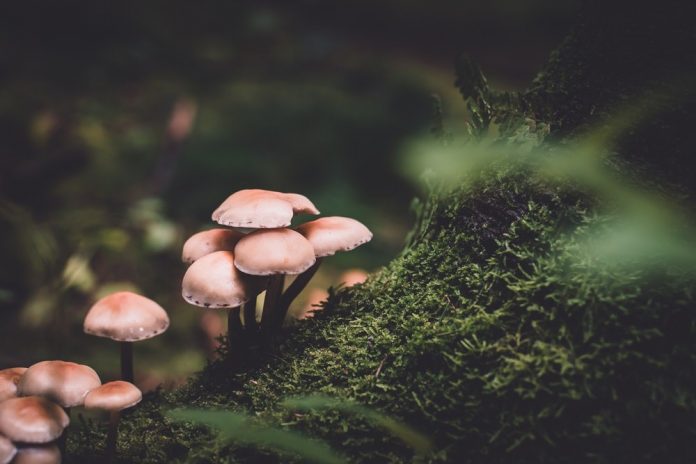It’s a cold Thursday afternoon, the rains have decided to grace the country. We have been praying for this. As we wait for the free showers to cool down a conversation picks up in the office. “With the current employment situation in Kenya what can one invest in?” one asks. “take the Huduma number I hear it comes with employment opportunities,” another one jokes. We all laugh until the “visionary” sparks up what I call a mushroom conversation.
Mushrooms are nutrient-rich, profitable and sadly unexploited. These edible fungi are a great source of lean protein antioxidant and essential vitamins. Edible mushroom varieties include the oyster, white button mushroom and the shiitakes.

According to transparency market research, the global mushroom market is expected to grow by 8.2 per cent from 34.1 billion in 2-15 to 69.3 billion by the end of 2015. In the heart of Africa Kenya produces an approximated 500 tons of mushrooms annually. Of these 476 tons are h button mushrooms against the market demand of 1,200 tons of mushrooms required annually.
The demand is said to continue soaring higher as medicinal values have recently been identified in this fungi crop. In addition to that mushrooms serve as an alternative source of proteins substituting meat.
Mushrooms take months to mature, after this if they are well tendered they can be harvested every day for two months before the farmer plants again. Production depends on how one takes care of the crop.
What one needs to know?

Mushrooms are delicate and require a high level of hygiene. In addition to that, no chemicals are needed in the growth of mushrooms. After acquiring the necessities ranging from wheat straw, chicken manure to cotton seeds one mixes the components in stages to form a substrate. Cotton seeds aid in making the wheat straw stronger. Different mushroom growth necessities are added at different stages. Mushroom do well in cold and dark places since the high temperatures and light can cause abnormalities on the crop. After 14 weeks’ mushrooms sprout and are ready for harvesting. Daily watering is enough once the crop starts sprouting.
Mushrooms farming has a lot of benefits. With the ever-changing climate as a result of mundane activities, it’s exciting to learn that mushrooms do not depend on climate. Irrigation can be done using a sprayer pump given the size of the land one decides to plant the mushrooms. Lack of dependency on climate helps a great deal as one does not have to wait for the planting season.
Mushrooms do not require a huge piece of land to grow. This comes in handy as acquiring a piece of land nowadays tends to be expensive. mushrooms help optimize a small area for maximum produce given the high market demand. Depending on how one maintains the land and the crop, there is a high chance of daily harvest.
Despite the aesthetics surrounding the mushrooms, some challenges, though controllable are experienced. The crops are attacked by flies or rodents and since one cannot use chemicals to control these chances of losing the whole harvest are high. Nonetheless one can fix nets on the area of the plantation so as to control the flies.
One-kilogram bag ranges between 600-800 shillings per yield. If taken seriously the yields are not less than 3 bags of mushroom. Agri-business is areas that are currently earning Kenyans a lot of money if taken seriously. More efforts should be put in mushroom farming as the returns are lucrative. More farmers are yet to take up mushroom farming as a commercial venture.



